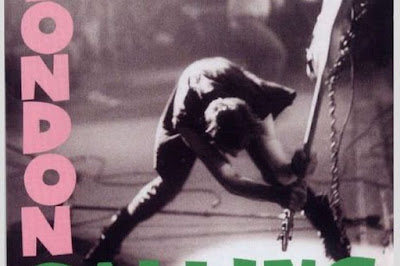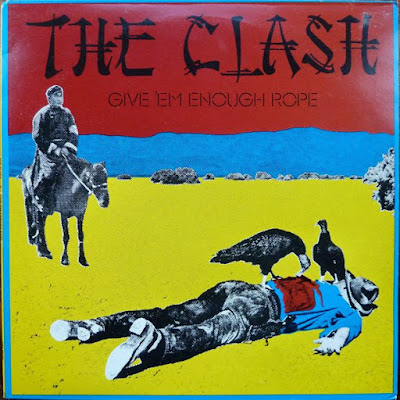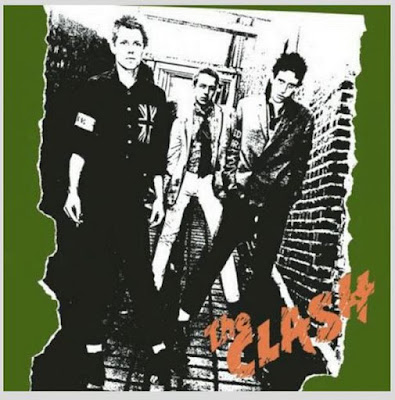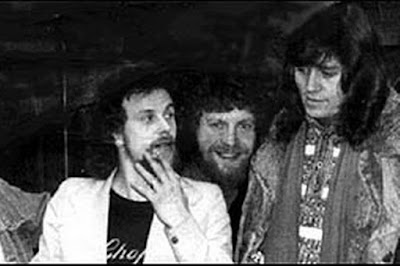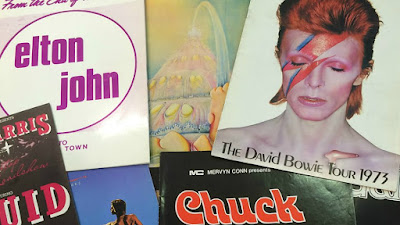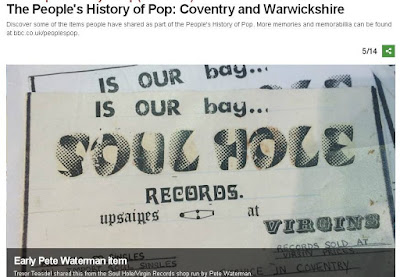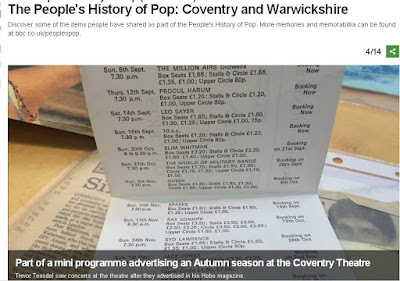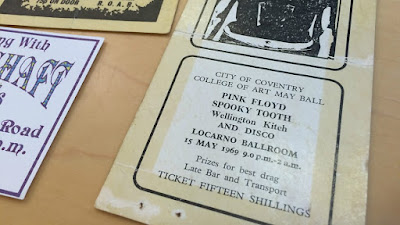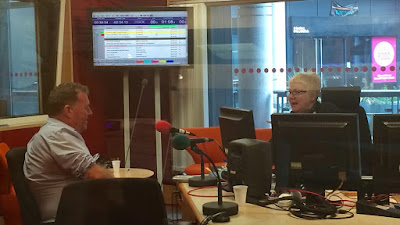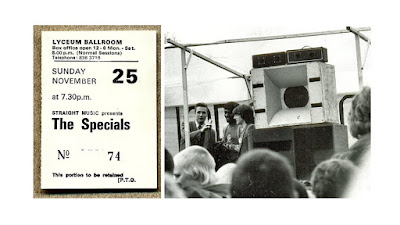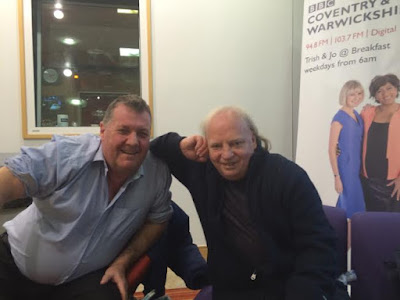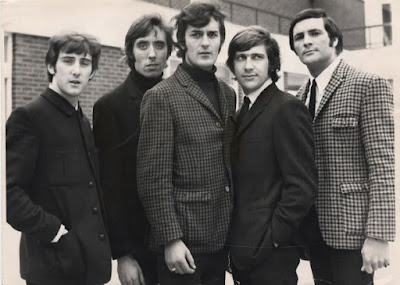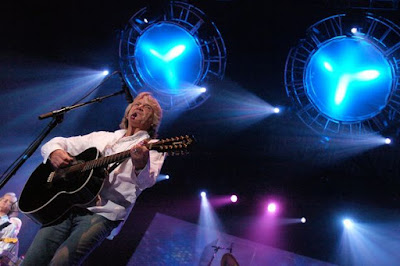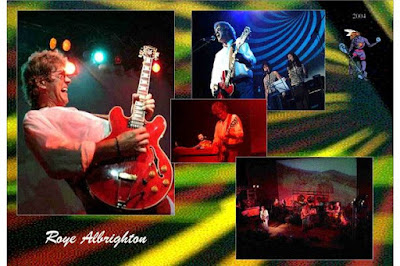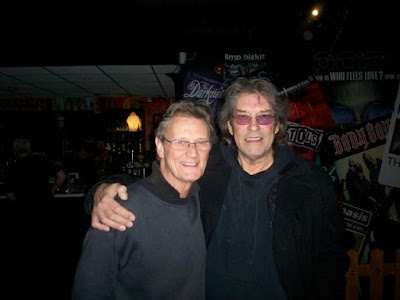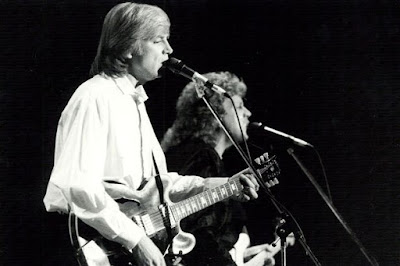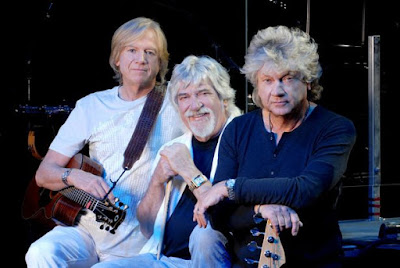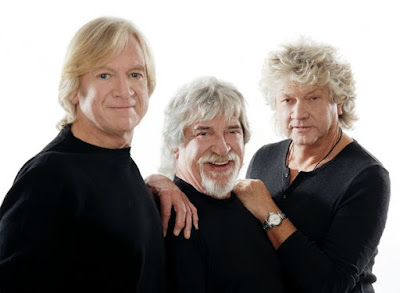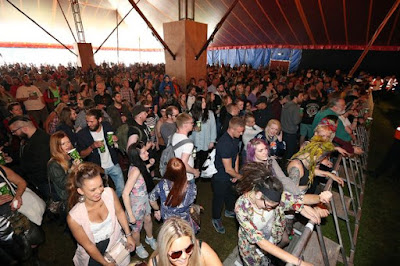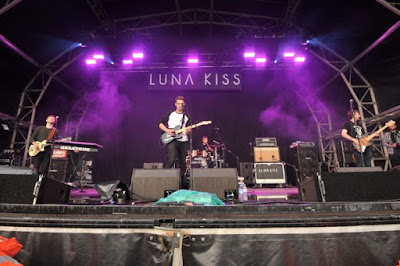Pete Clemons on the enduring legacy of The Ramones
You seem to see them all over the place and if I am in company when I do see this particular item of clothing then the now anticipated and totally predictable comment is to be heard: ‘I bet they don’t even know who that band were’.
What am I talking about? Well it’s a tee shirt with the name of The Ramones emblazoned all over it. And I must admit that I do give the wearer of them the benefit of the doubt when it comes to knowing who The Ramones were. I mean, surly you wouldn’t go around wearing a bands tee shirt who you didn’t know anything about, would you?
2016 marks forty years since The Ramones released their self-titled debut album. And it is terribly sad to think that none of the four original members of the band, Johnny, Joey, Dee Dee and Tommy, had lived long enough to be around at this time. Even Arturo Vega, the man who designed The Ramones legendary logo, that is found on all those previously mentioned tee shirts, is no longer with us.
Although it is forty years since their first album, The Ramones have been around for slightly longer. During 1974 bass player Dee Dee (Douglas Colvin), guitarist Johnny (John Cummings) along with manager and producer Tommy (Thomas Erdelyi) who had all been associated with previous groups met up with Joey (Jeffrey Hyman) and invited him to join them in a new band.
The initial line-up featured Dee Dee on lead vocals, rhythm and bass guitars, Johnny on guitar, and Joey on drums.
Realising that he could not keep up with the speed of guitar playing Joey was moved across to vocals while Tommy took over the drumming duties.
The debut album contained fourteen songs when, combined, lasted just shy of half hour long. Most of The Ramones songs barely lasted two and a half minutes in length. Their lyrics carried a certain element of humour despite almost always being on a downer about something or other.
The songs, though, were always given a huge lift by a constant and full on incessant rhythm guitar that lasted the duration of the song along with an accompanying pounding back beat. And it was this, for me that made The Ramones albums compulsive listening.
In a live situation, however, The Ramones were something else. The band was simply explosive. They were fast and exciting. They would dress alike in black leather jackets and ripped blue jeans. And their stage presence seemed to have that unexplainable magic. Lead guitarist Johnny Ramone, for example, had that unforgettable stance of standing legs astride while performing.
In a 1995 interview Joey Ramone was asked where the band name came from: In the days of the ‘Silver Beatles’, Paul McCartney would go to check into a hotel room, using the name Paul Ramone. Dee Dee was a big Paul McCartney fan, so he changed his name to Dee Dee Ramone. When I hooked up with Dee Dee, we decided to call the band the Ramones. All the then current and future Ramones band members would follow suit also by adopting the surname of Ramone.
Personally, I was a bit late in joining The Ramones party. I only became aware of the band late 1977 when they had just released their third album Rocket to Russia. In fact it was a single from that album ‘Sheena is a Punk Rocker’ that probably alerted me to them. And by the time I saw them play live, which was during 1980, they had by then replaced Tommy on drums with Marky Ramone (Marc Bell).
However The Ramones did play locally with their initial classic line up and that was when they appeared at Birmingham Barbarellas during 1977. In fact The Ramones had been down to tour with The Sex Pistols and The Clash on their November 1976 tour but, for whatever reason, had to pull out. So Coventry potentially missed out as that particular gig famously visited the city.
The band did play in Coventry and that was when they played Warwick University during 1978 with the revised line up. Now I do know that well known photographer and former Virgin Records employee John Coles was at the Warwick Uni gig. And I am also fairly sure he once mentioned to me that he had been at the earlier gig at Barbarellas in Birmingham too.
The bands chart history was nothing to really shout about either. They fared slightly better in the UK than their home country of the USA. But they never really had what could be classed as a major hit album in any of the territories that their music was released in.
Even the addition of Phil Spector as producer for their ‘End of the Century’ album failed to achieve that real chart success apart from a cover version of the song ‘Baby I Love You’ released as a single which did reasonably well.
The Ramones didn’t enjoy the Phil Spector experience. Studio wise they seemingly preferred to be in and out as quickly as possible. But producing ‘End of the Century’ kept them in the studio for longer than they had been used to. In a later interview though, Johnny conceded that the experience hadn’t been as bad as he had initially made it out to be.
I personally think that The Ramones left us with a more than half decent discography. And maybe, in that respect, their time is yet to come. What I also think is without question though is the influence The Ramones have had on so many bands that have come along since. But what has been the undoubted success is The Ramones tee shirt. If you listen to some folk it appears to be the most instantly recognisable thing about the band. One Two Three Four, Hey Ho Lets Go.


